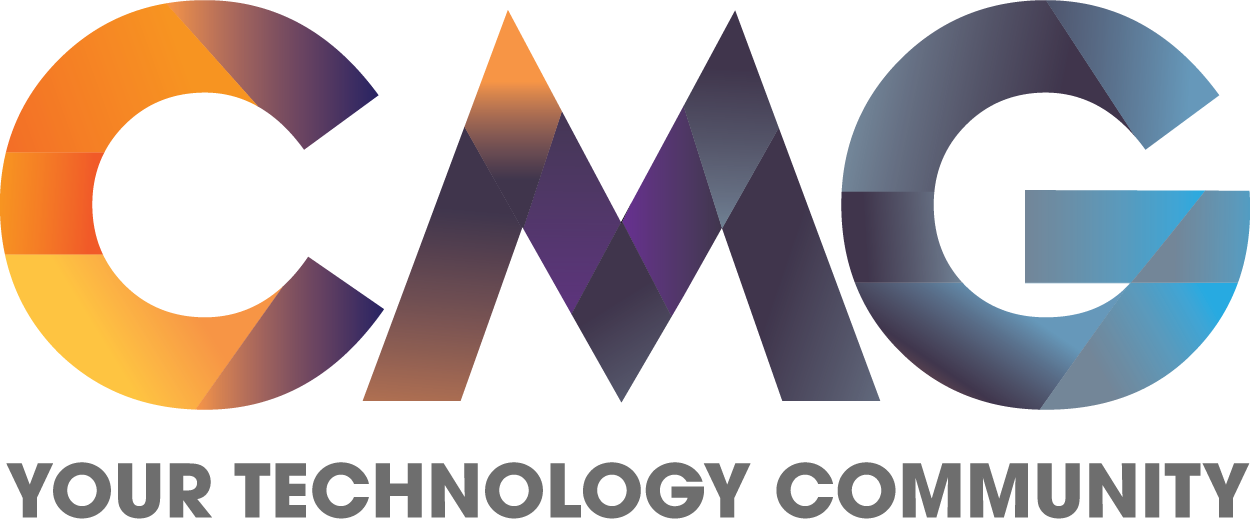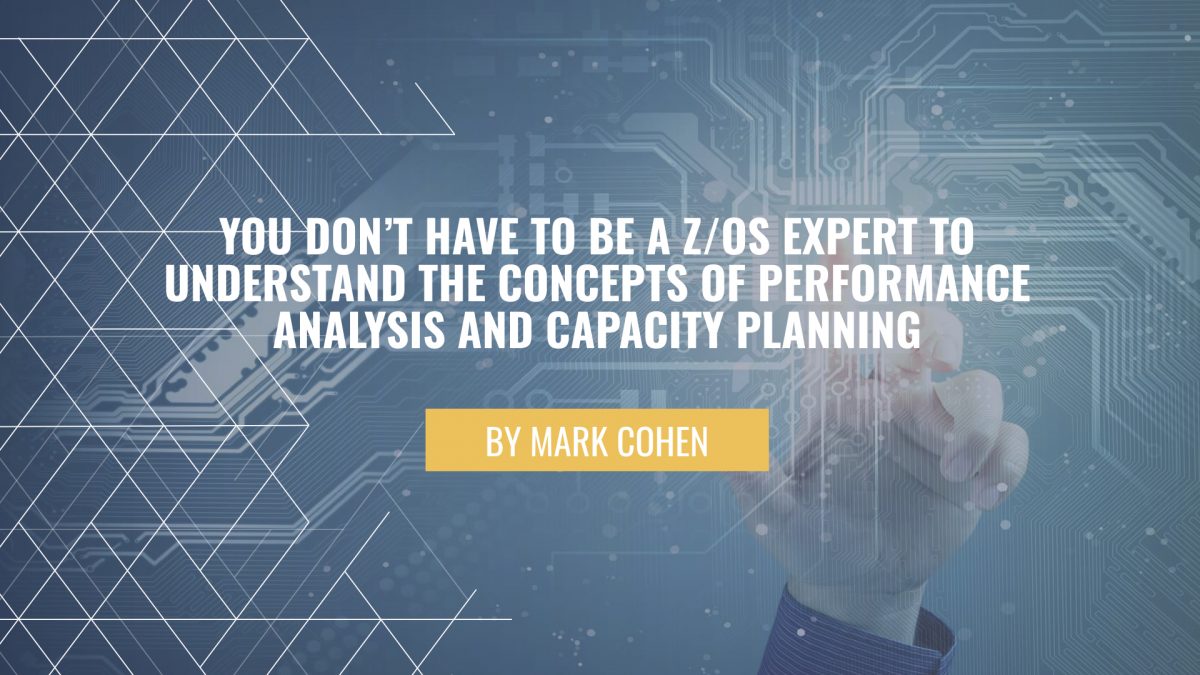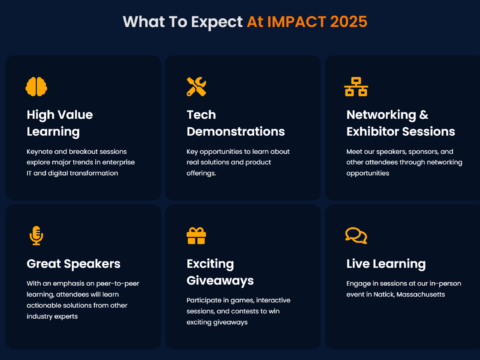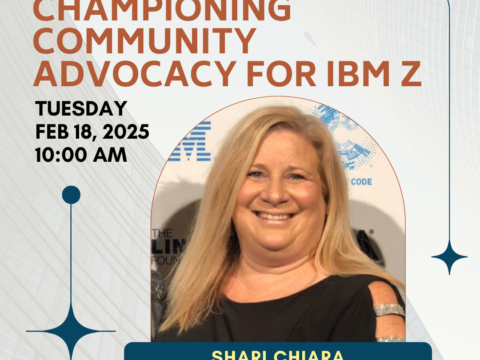After my son got his degree in marketing he came to work for our company, which develops products and performs consulting in the z/OS environment. I tried to explain to him the concepts of performance analysis and capacity planning in the z/OS environment using the old methods I was taught when I was young and reading complex reports and documentation that were hard to understand. But our generation gap stood in the way.
I had to look for ways to make complex concepts simple and present them in an understandable way. After working together, we created a simple methodology that will enable my son and clients to analyze these sophisticated z/OS systems—without being a z/OS expert.
Many z/OS performance indicators exist that influence the behaviour of the system which makes it very hard for the expert, especially the beginner who has much less knowhow, to understand and locate the problems. The methodology shows the important performance statistics at a glance, how they are correlated, behave in different periods, provide end-user results as benchmarks for various workloads on each system, and many others. Here are some examples:
- The most important IBM benchmark needed to understand system performance is composed from many performance metric calculations taken from the SMF record type 113. In the end, it is important for the end user to understand if the benchmark is LOW, AVERAGE, or HIGH.
- One of the main objectives should be to reduce the amount of eligible CPU in order to reduce your rolling 4 hours to pay a smaller IBM bill. It is important to understand how the weight factor definitions target CPU definitions and how workload combinations influence the amount of eligible CPU used.
- One of the most difficult tasks is to confront every job, STC, TSO session, or OMVS task and MQM, DDF or CICS transaction between different days and shifts. To get this information in one click, we implemented a simple approach based on the number of top daily consumers for each entity.
- In addition to the single object comparison, it is also important to understand if certain behaviours are repeated on different days or times of the day.
- A technique to acknowledge configuration changes in order to understand the change of behaviour.
- An easy way to keep track of systems that were moved to different CECS in different periods.
- Get a fast look at your capture ratios and overhead with different workloads, configurations and more.
All this work had been done thanks to the vast knowledge gathered over the years from different people and graphical tools that help visual them in a simple way.
The final result: People in the company can dedicate more quality time for performance analysis.






 The countdown is on... for something SO BIG it only happens every 3 years
The countdown is on... for something SO BIG it only happens every 3 years
